Let’s be honest. Traditional textile sourcing has its charms… and its limitations. Between delayed shipments, endless PDFs and sample overload, professionals in the textile industry deserve better tools. This is where the digital showroom enters the scene—not as a gimmick, but as a real game-changer.
five moments where a digital showroom doesn’t just help—it makes all the difference.
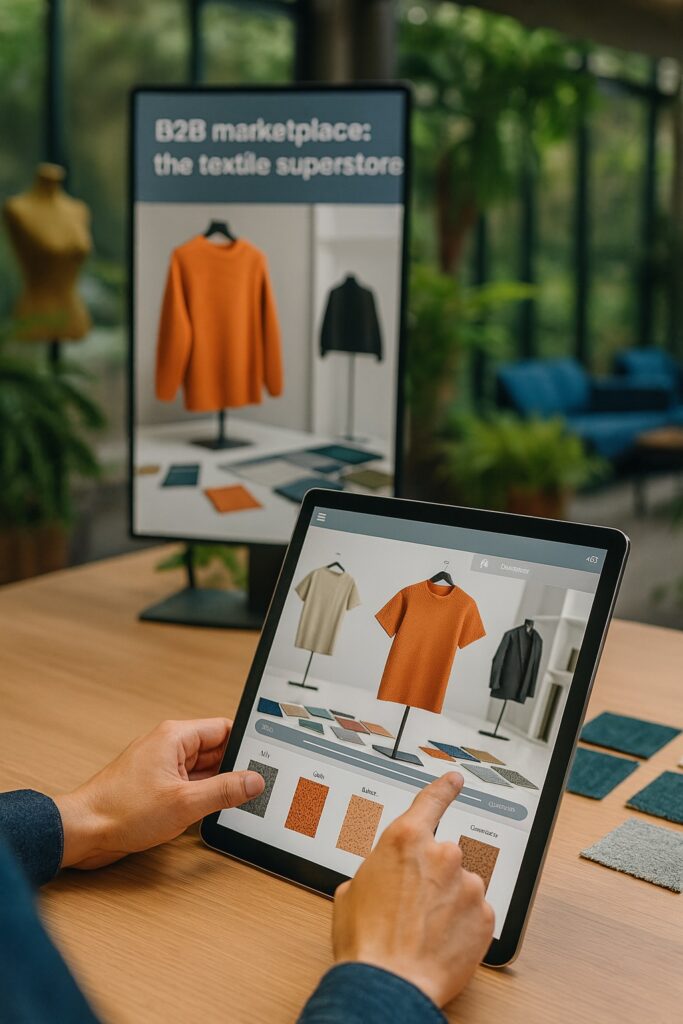
1. Presenting a collection without printing a single catalog
No more 80-page documents sitting unread in someone’s inbox.
With a digital fabric showroom, your latest designs are showcased in a space that’s clear, interactive and always up to date. Fabrics can be explored, filtered and visualised in real time.
Buyers can experience your collection the way it deserves—without downloading anything or asking for the fifth updated version. And yes, it still looks great on mobile.
2. Reaching international buyers without hopping on a plane
Trade shows are great. But let’s be honest—flying to four cities in three weeks? Not always ideal.
A B2B fashion platform allows your brand to be present globally, 24/7, without booking a single flight.
Clients in New York, Milan or Tokyo can browse your collection whenever they want. They don’t wait for your next visit—they just log in.

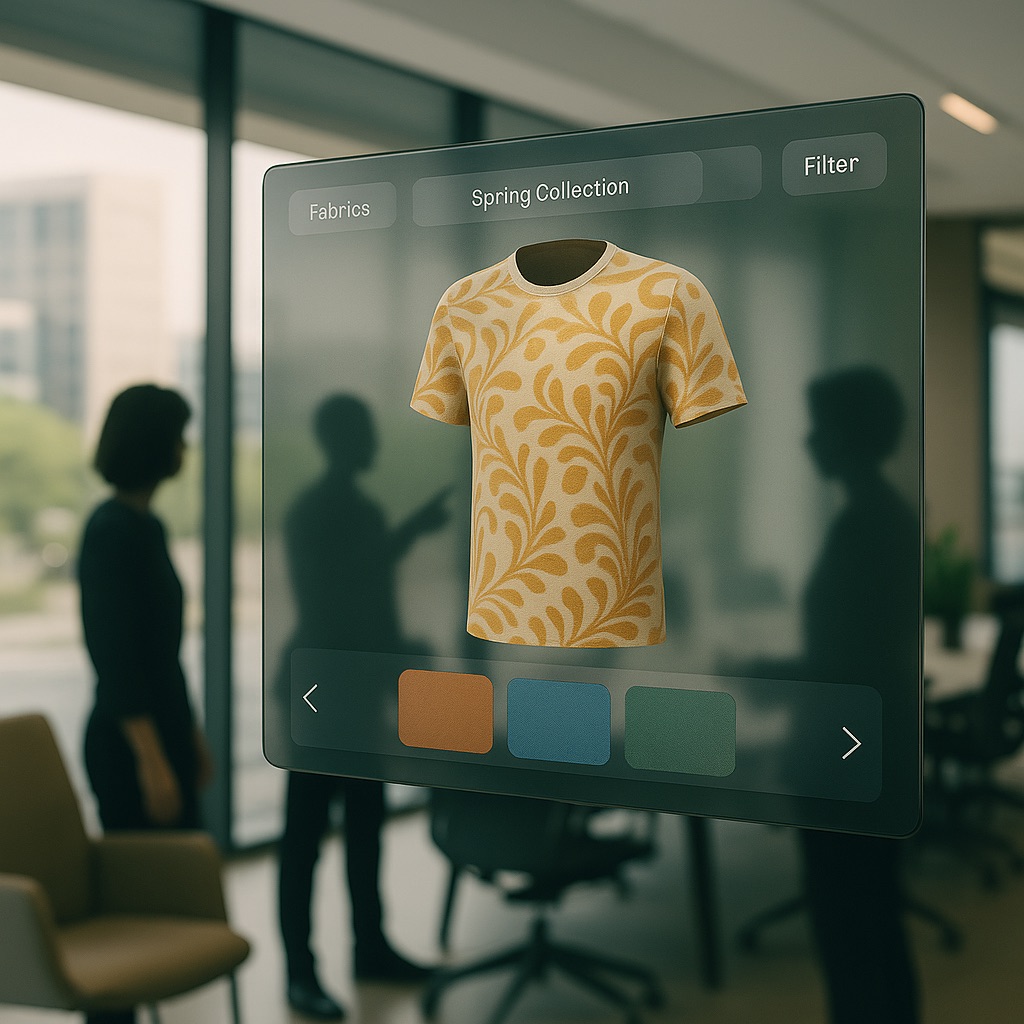
3. Customizing patterns in real time (and looking like a magician)
“Could I see that in a lighter green? But more sage than mint. And maybe with a tighter repeat?” We’ve all heard it.
With a 3D fabric configurator, these requests are no longer a nightmare. You adapt the design live, change the scale, tweak the colour and provide a visual preview instantly.
Instead of emails piling up, creativity flows—and your value as a partner skyrockets.
4. Reducing sampling waste (and your carbon guilt)
Producing samples is costly. It’s time-consuming. And most of the time, it’s unnecessary.
An online fabric showroom lets clients test, visualise and compare before committing to a physical swatch.
This means fewer samples produced, less shipping and a significantly reduced environmental footprint. A smarter process, without compromise.
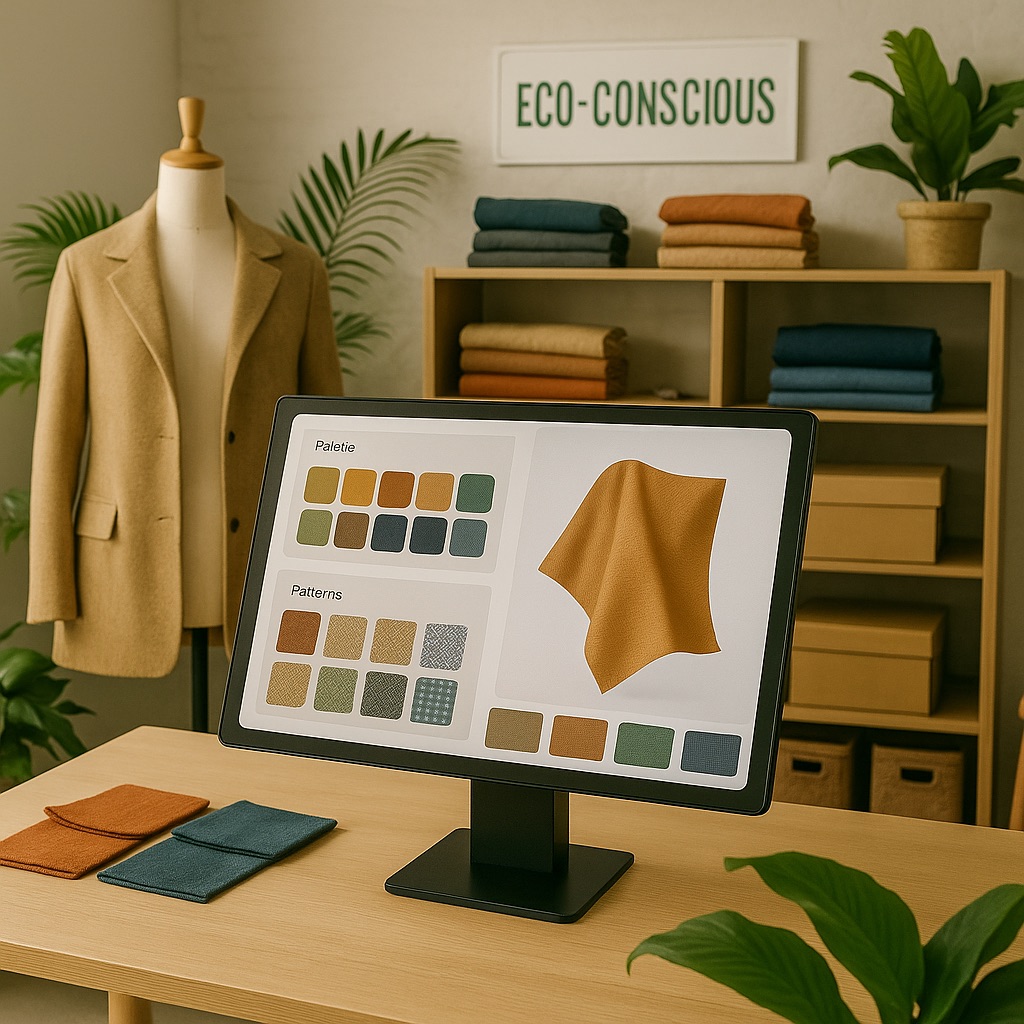
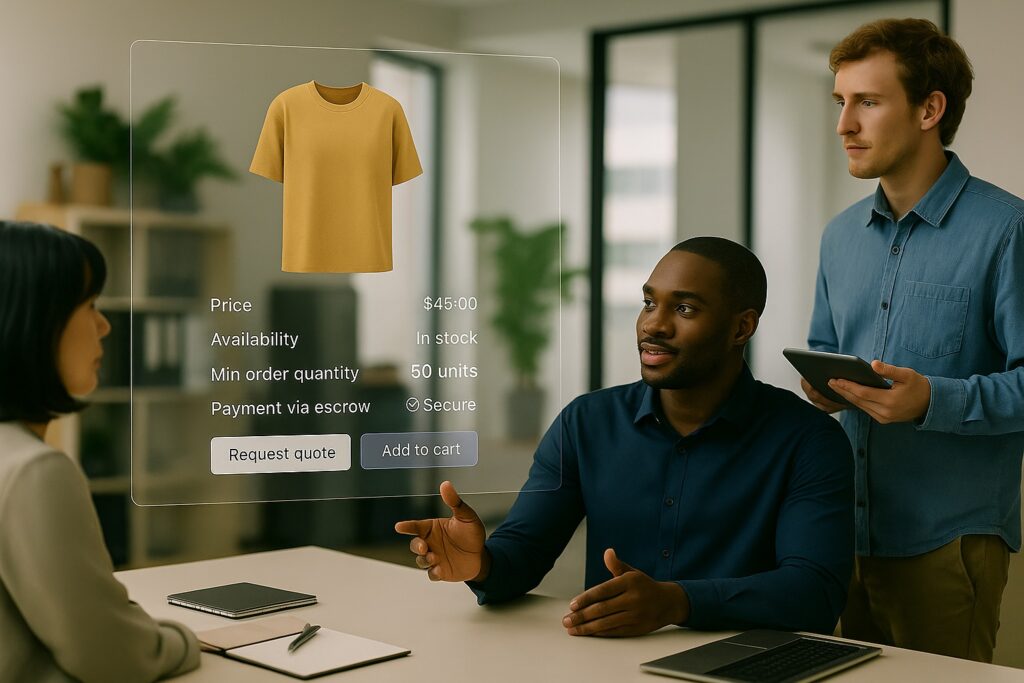
5. Simplifying B2B deals like a boss
A digital sourcing platform isn’t just a gallery. It’s a business tool.
Product data is structured. Prices are transparent. Payment is secured. Teams can work remotely, share feedback and move projects forward without chaos.
What used to require twenty emails and a courier now happens in a few clicks. And yes, everyone still gets the credit.
Going digital is no longer a nice-to-have
A digital showroom isn’t about replacing the human touch. It’s about removing the friction around it. For suppliers, it’s a powerful way to scale, organise and collaborate. For buyers, it’s a faster, clearer and more enjoyable way to work.
Textile professionals don’t need more noise. They need tools that work, connect and elevate their sourcing experience.
And that’s exactly what S2G XR delivers—one collection at a time.
The impact of virtual showrooms on B2B sales for independent brands
Less friction, more sales. How virtual showrooms help independent textile brands scale...
Read more6 months to go: from prototype to reality
Months after launch, S2G XR is now a reality. Unveiled during the...
Read moreA dynamic start to 2025 : S2G XR accelerates innovation in European textile sourcing and sustainability
Artificial intelligence (AI)-powered configurators can optimize sales growth and business development.
Read moreS2G XR : 6 months on the go !
Completed already 6 months of our project S2G XR... a reason to...
Read more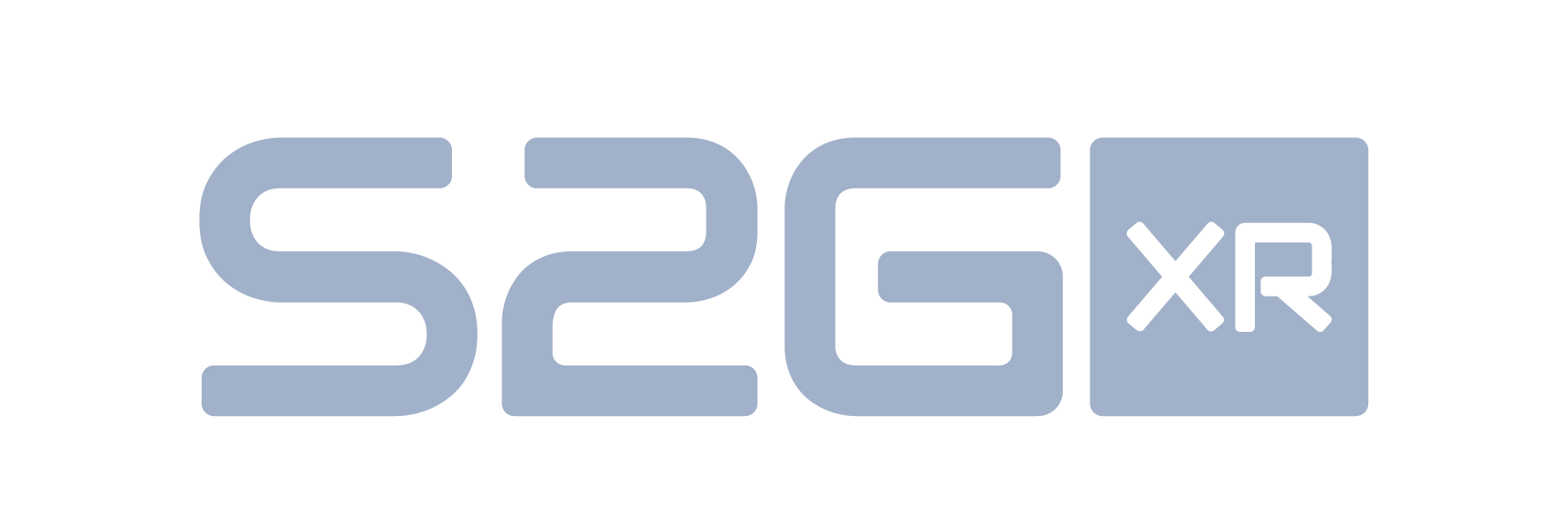
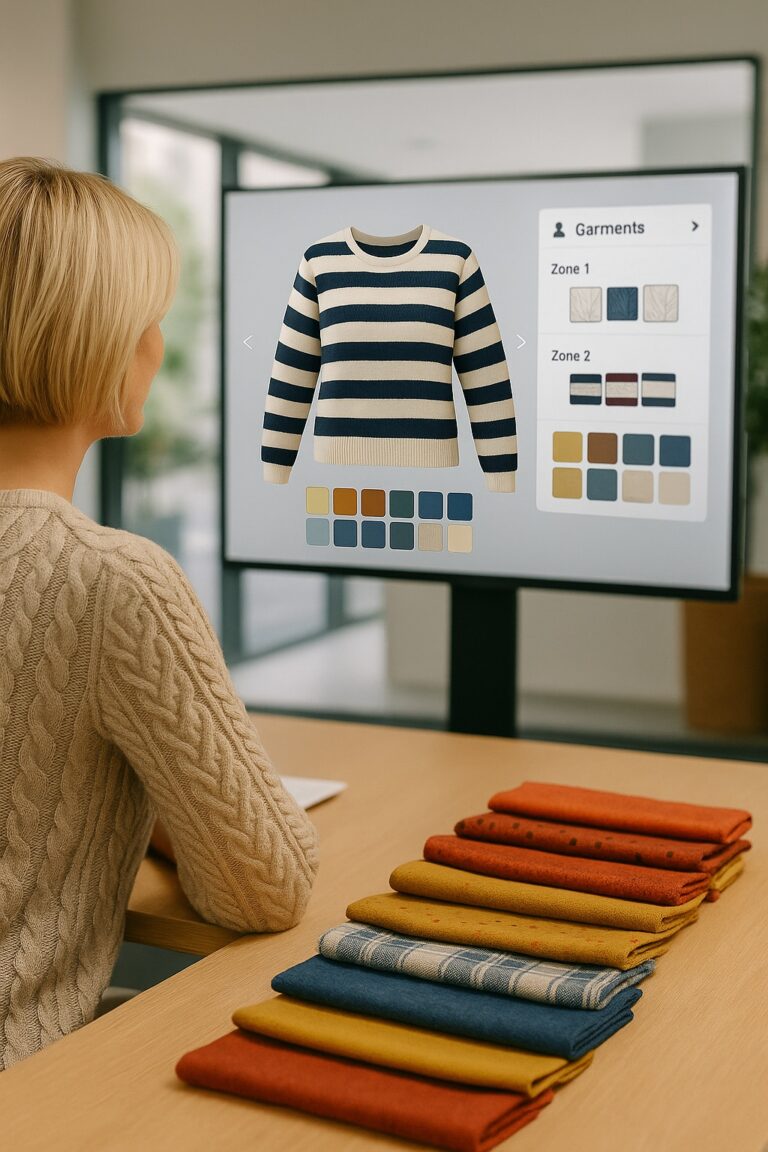
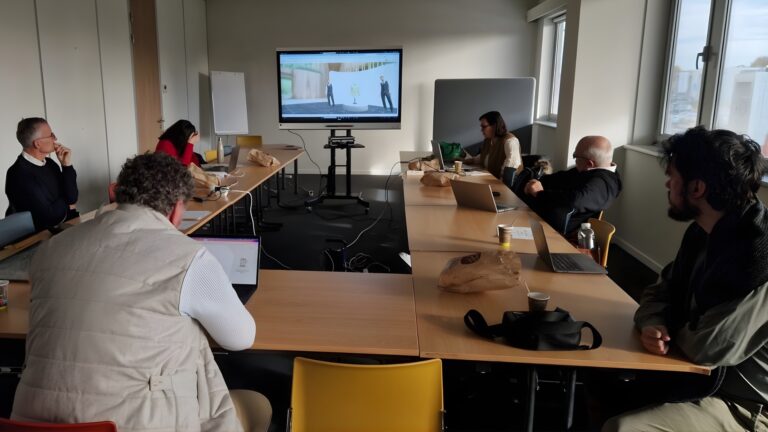
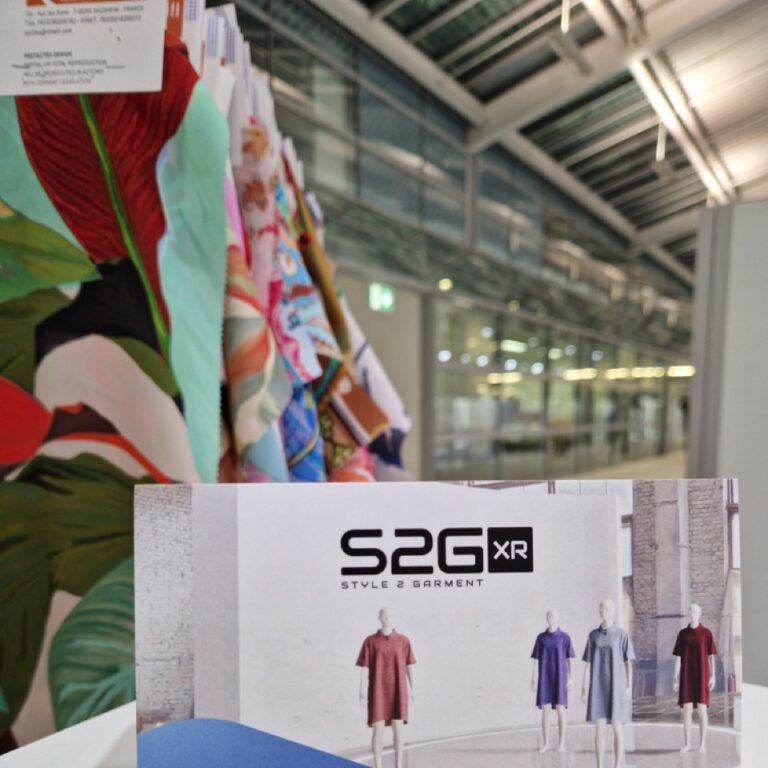
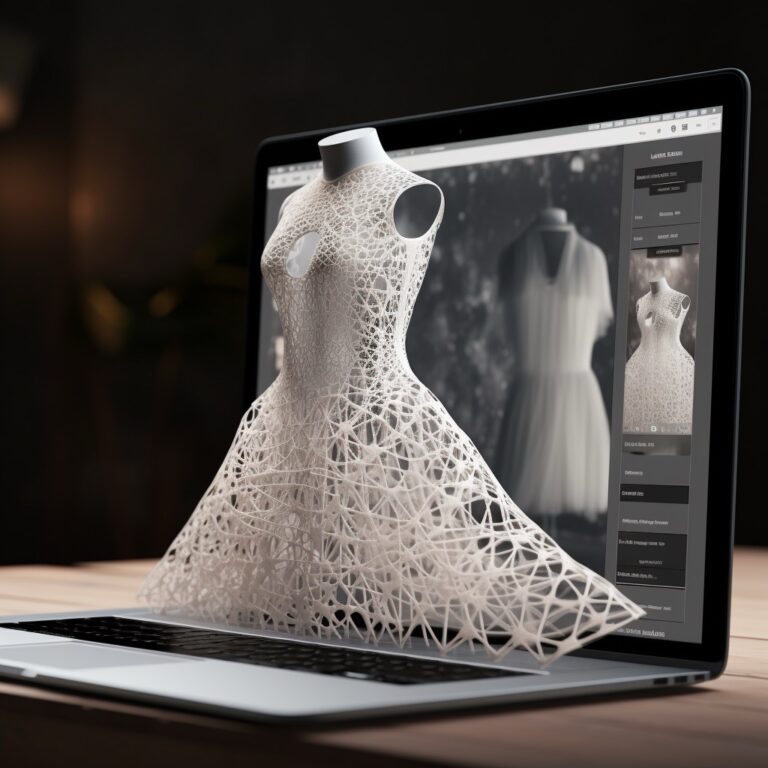
2 comments
Comments are closed.